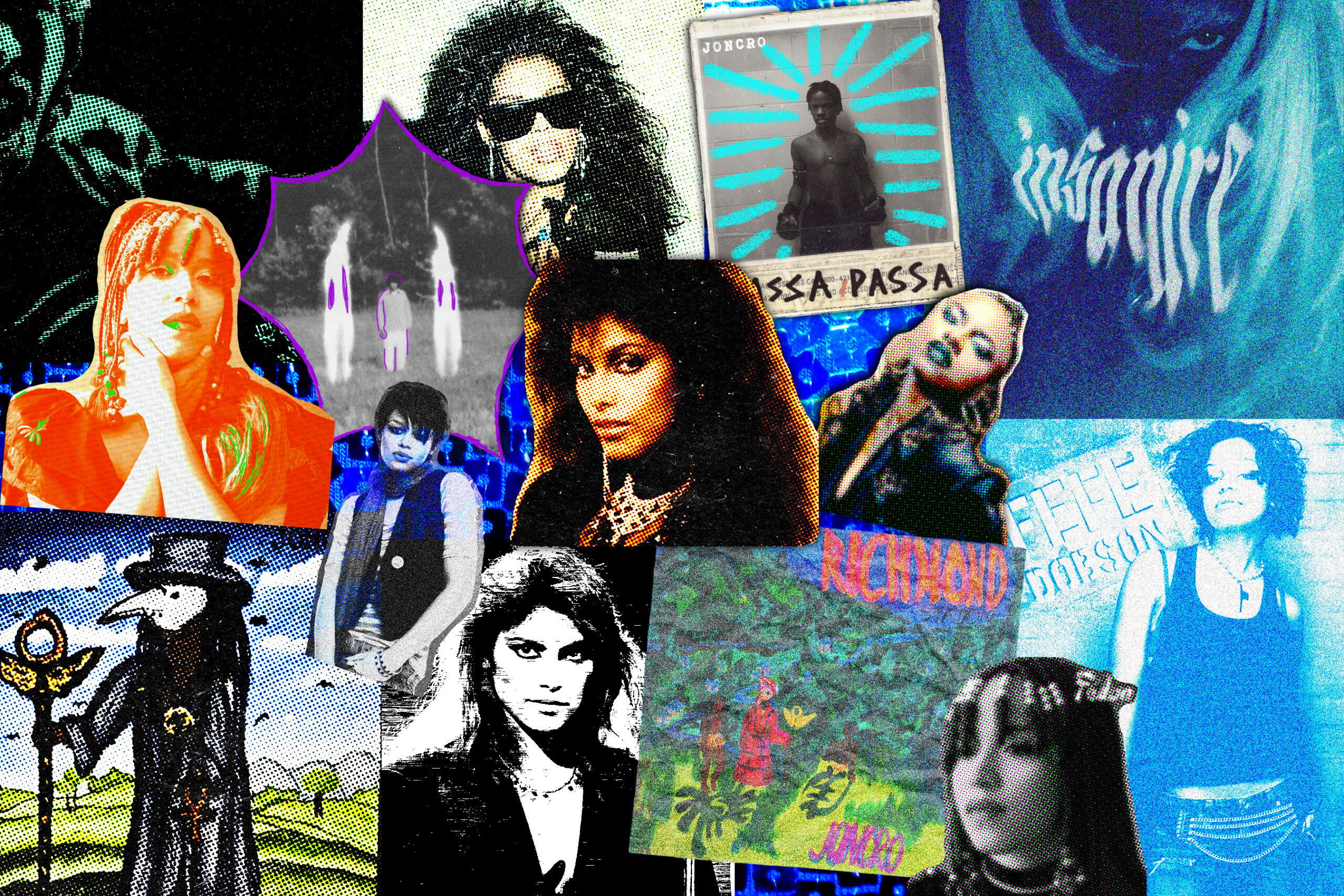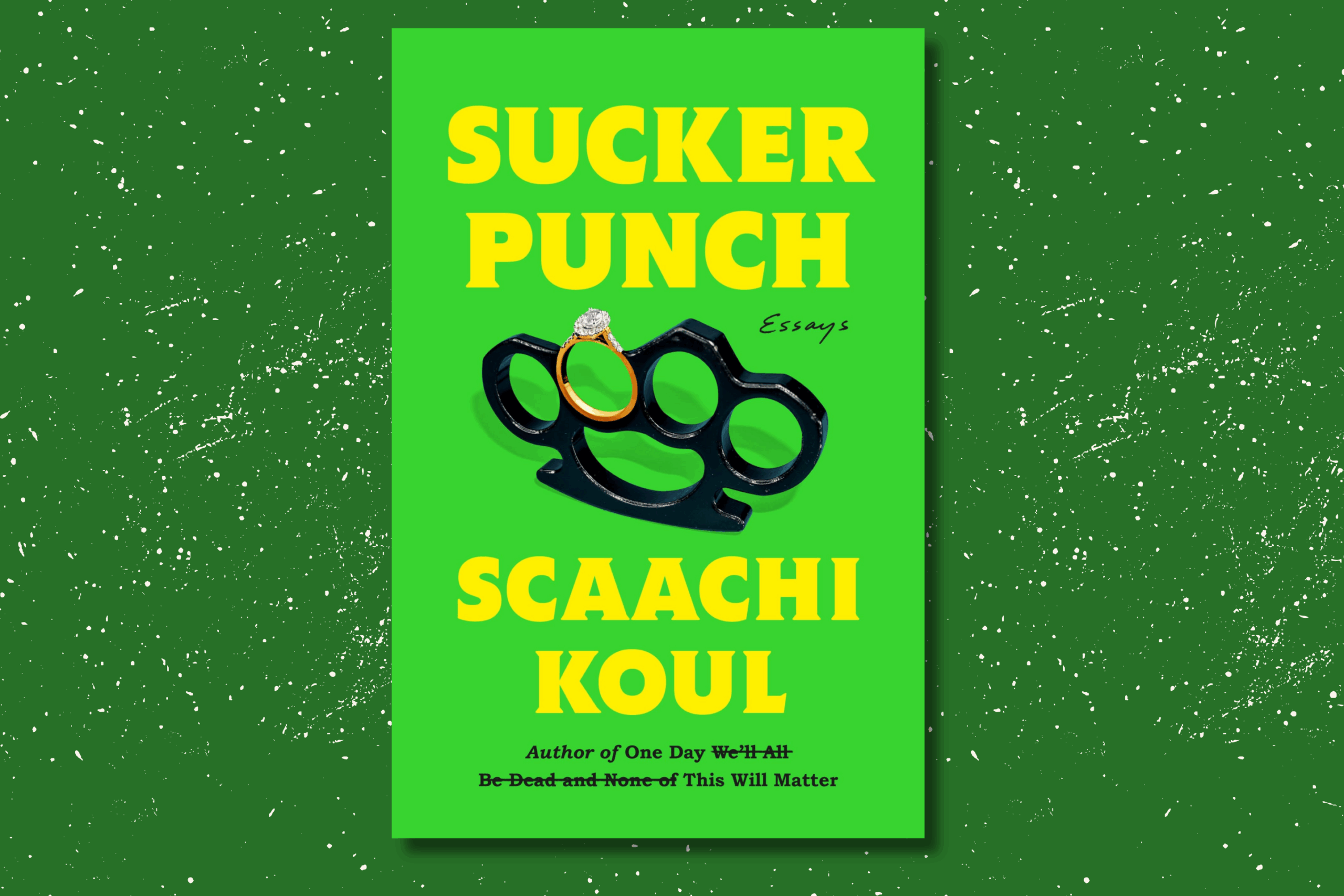Zines are (and always have been) shaking up portrayals of sex and gender beneath the fold

By Ella Miller
*audio coming soon*
The fluorescent lights flicker overhead as you stand in the middle of a convenience store. It’s way past your bedtime, but you’re craving a bag of sour cream and onion chips and a four-litre jug of milk. From the corner of your eye you spot it: a perky pink areola on a fully exposed female-presenting tit. You’re looking at racks on racks of racks. The “nudie mag section.” Blondes with blow-up doll proportions beckon with promises of making you hard.
For the majority of people this is probably what comes to mind when the phrase “sexy magazine” is uttered in hushed tones between friends or overheard at a dive bar. Though nowadays it is far less common to actually purchase adult content due to the internet creating a generation whose biggest turn-off is “payment required.”
The liberalization of pornography has allowed for some more niche fetishes to reach a wider audience, as well as the creation of indie studios that cater to specific needs. However, capitalism rarely breeds innovation and the online adult entertainment-scape widely looks the same as in print.
Systems of oppression are replicated throughout the world of pornography. Studies of the genre in articles like “Why Straight Men Gaze at Gay Women” by Olga Khazan and “Cumming to a screen near you: transmasculine and non-binary people in the camming industry” by Angela Jones discuss how erotic adult entertainment reeks of patriarchal oppression.
“The porn industry has a long history of fetishizing trans women for the benefit of the cis male gaze–men who simultaneously desire and fear trans women,” writes Jones. “Clients do not expect to see anyone but women with penises and hyper-feminine gender presentations in the trans-designated section.”
All of us should have something to say about the way that sex and sexuality are enacting power in our lives, explains zinester, Twoey Gray. Gray is the co-editor of PRUDEmag, a Canadian zine stamped with the tagline “Free By Our Yes, Free By Our No.”
“It’s a zine about alternatives to alternatives,” continues Gray. “A lot of people found that the sexual status quo wasn’t working for them, and the alternative that they found didn’t seem that much different from the mainstream pressures.”
Zines are the indie studios of the print world. Defining a zine is difficult because they can take numerous forms—from pamphlets on printer paper to pocket-sized volumes to mainstream magazine quality. Zines contain multitudes when it comes to subject matter and form, making them hard to categorize. What may be the foremost quality in categorizing zines may just be the attitude behind it: revolution, radicalization and an undying adherence to DIY irreverence.
“Hello Boyfriend was kind of like my start doing zines,” says non-binary animator and illustrator Evelyn. “My fellow collective members taught me how to do that kind of stuff. They would print them out on the school printer. I hadn’t really had any experience with that.”
Zines don’t necessarily have to be about anything to serve their purpose. A search through the annals of Etsy zine sellers includes a collection of love letters to Montréal, an ode to homebodies and cozy lifestylers, a story about the joys of peeing outside and so much more.
According to a journal article from Gender, Work & Organization titled “Zine infrastructures as forms of organizing within feminist social movements” by Maggie Matich et al., zines are more than just a source of fun—they can be the centrepiece to wider social movements.
Civil disobedience is baked into the recipes of zine creation. The medium serves to challenge notions of sex, gender and sexuality in particular due to its association with Queer communities.
“For marginalized groups, quite literally coming together around a zine or a publication affirms the community, giving them an artifact or an anchoring point that documents and validates their hitherto neglected experience,” writes Parsons in her article.
For members of the Queer community who are unsatisfied with what is offered from mainstream pornography publications and studios, zinesters have become their champions. Artists and writers from within the community are reshaping the way sex looks for their readers.
“There’s so much internalized shame about pornography just in general, let alone pornography involving tentacles,” explains Evelyn. Their story, “Dr. Tentaclé’s Wonderful Grimoire,” was their first foray into erotica and included some spicy scenes involving an octopus-like witch.
“It was like sitting down to draw… I was so embarrassed,” says Evelyn. “I remember sketching it and whenever it got to the really explicitly sexual parts, I just wouldn’t even sketch it. I’d be too embarrassed. I’d be like, ‘Oh, I’ll do this later.’”
Self-exploration through pornography—be that creating or consuming—is a common practice, especially among women and 2SLGBTQIA+ people who tend to be more underserved by mainstream adult entertainment. For many, porn isn’t just a form of pleasure, it can be a substitute for sex-ed in a society that continues to fail young people in learning about pleasure.
Roxy Moon is an archivist who has worked at the University of Toronto’s secret smut collection and is currently employed with The ArQuives, an organization devoted to preserving 2SLGBTQIA+ art and writing.
“When I was in my undergrad, I volunteered at a sexual education center, and we had so many zines there,” recalls Moon. “There’s a lot of hesitancy toward having to go to a sexual education center and talk to someone one-on-one and so zines kind of do allow you to access that information that you’d get from being able to go to these spaces.”
Zines are a hallowed medium for many Canadian Queers who may have been inspired to join the genre by Canuck titles and artists like: Molly Kiely in Eros Comix, This Is The Salvation Army by Scott Treleaven, PALS: The Radical Possibilities of Friendship by Lee andgendertrash from hell by Xanthra Phillippa. However, the question remains: Will the internet make the physical zine obsolete as it did with other forms of print media?
“It’s drawings of my penis, basically and it’s packaged in this little library slip,” says founder of Gynoid Distribution, Helen Chazan on her zine Handle With Care and Hope Nobody Notices. “…You have to manually pull it out to see it. It’s an object. It’s designed. It’s a thing, you know?”
“…And I had a moment of making this piece of like ‘Oh, God, I’m going to be printing this and people are going to see it whether or not I know them.’ But I never would think about this when I’m doing online dating with random girls who I’m getting to know when I’m sexting.”
The existence of the physical zine is a form of resistance as well, as Gray explains.
“When we started in 2019, the internet was a different place. [It] seemed like a logical place that [PRUDEmag] could exist, but we had reasons that we didn’t want it to exist there,” says Gray. “Now, in 2024, the internet is not a place where this conversation could even exist. Our Instagram has potentially been shadowbanned. The word sex is not a word you can print anywhere on the internet. A lot of the conversations that we’re having are fully censored and for that reason, we want to continue keeping our conversations offline.”
If you are interested in crafting your own zine or exploring erotica, consider checking out Queerotica, hosted at Toronto bar and event space Three Dollar Bill, by writer Mx. Maia.





Leave a Reply